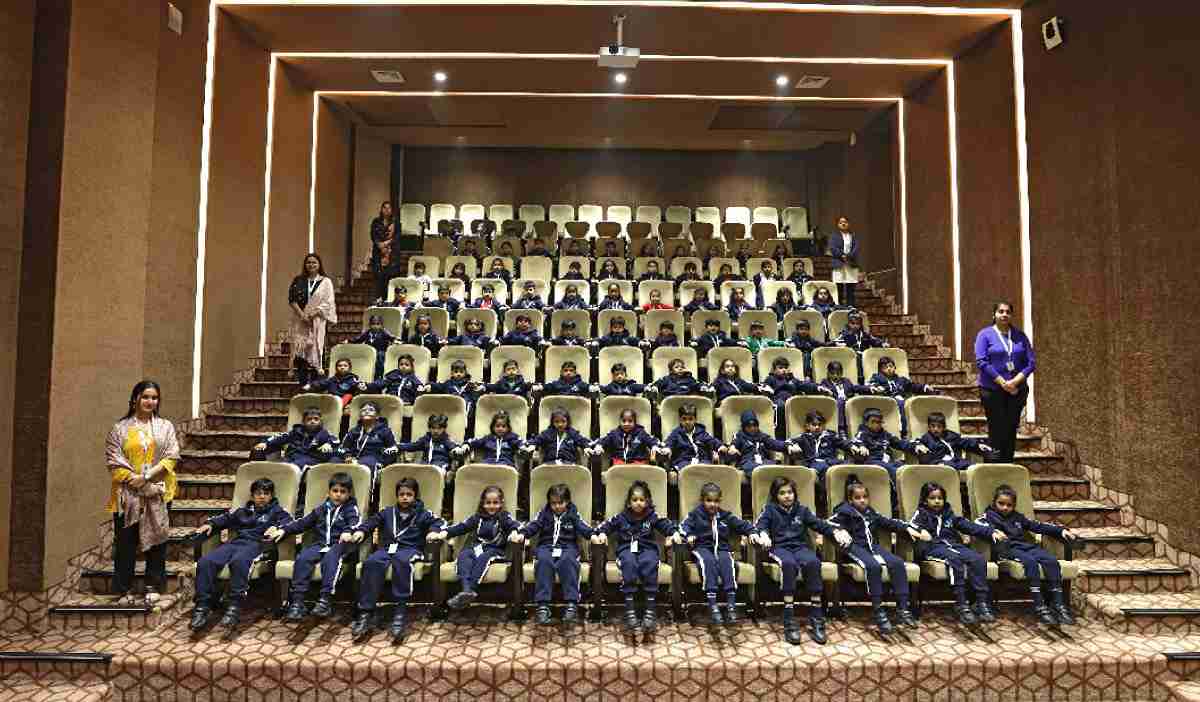Ensuring compliance with OSHA recordkeeping and reporting requirements is essential for maintaining workplace safety and avoiding hefty penalties. To effectively manage these requirements, enrolling in an OSHA Course is crucial. This course provides the necessary knowledge and skills to navigate the complexities of OSHA regulations.
Understanding OSHA Recordkeeping and Reporting
An OSHA Course offers a comprehensive understanding of the importance of compliance with OSHA standards. OSHA (Occupational Safety and Health Administration) mandates that employers maintain accurate records of work-related injuries and illnesses. This helps in identifying hazards, preventing future incidents, and fostering a culture of safety.
Key Recordkeeping Requirements
One of the primary focuses of an OSHA Course is the meticulous documentation required by OSHA. Employers must maintain logs of work-related injuries and illnesses (OSHA Form 300), summaries of these incidents (OSHA Form 300A), and detailed incident reports (OSHA Form 301). Proper recordkeeping ensures that all incidents are accurately tracked and reported.
Steps to Ensure Compliance
Step 1: Enroll in an OSHA Training Course
To ensure thorough understanding and compliance, enrolling in an OSHA Training Course is essential. This course provides in-depth training on OSHA’s recordkeeping and reporting standards, enabling participants to accurately document and report workplace incidents.
Step 2: Understand Reporting Timelines
An OSHA Course highlights the critical timelines for reporting. Employers must report any work-related fatalities within 8 hours and any inpatient hospitalizations, amputations, or losses of an eye within 24 hours. Adhering to these timelines is crucial to remain compliant with OSHA regulations.
Step 3: Accurate Incident Documentation
An OSHA Training Course emphasizes the importance of detailed incident documentation. Ensure that all required forms (OSHA 300, 300A, and 301) are accurately filled out with comprehensive details of each incident. Proper documentation aids in identifying patterns and preventing future workplace hazards.
Step 4: Regular Training and Updates
OSHA standards are periodically updated to reflect new safety concerns and practices. Regularly participating in an OSHA Training Course ensures that you stay informed about the latest updates and best practices in recordkeeping and reporting. Continuous training is vital for maintaining compliance.
Common Challenges and Solutions
Challenge 1: Misinterpretation of Regulations
Misinterpreting OSHA regulations can lead to non-compliance and penalties. An OSHA Course provides clarity on complex regulations, ensuring that employers understand their obligations and can implement them correctly.
Challenge 2: Incomplete Documentation
Incomplete or inaccurate documentation is a common issue. An OSHA Training Course teaches effective documentation techniques, ensuring that all required information is recorded accurately. This includes the proper classification of injuries and illnesses and maintaining detailed records.
Challenge 3: Inadequate Training
Inadequate training can result in non-compliance. Regular participation in an OSHA Course ensures that all employees involved in recordkeeping are well-trained and understand their responsibilities. This minimizes the risk of errors and enhances overall compliance.
Benefits of Compliance
Improved Workplace Safety
Compliance with OSHA recordkeeping and reporting requirements directly contributes to improved workplace safety. Accurate records help identify hazardous trends and implement corrective measures, reducing the likelihood of future incidents. An OSHA Course equips participants with the skills to maintain a safe work environment.
Legal and Financial Protection
Non-compliance with OSHA regulations can result in severe penalties and legal consequences. An OSHA Training Course ensures that employers understand and meet all regulatory requirements, protecting the organization from legal and financial risks associated with non-compliance.
Enhanced Reputation
Maintaining compliance with OSHA standards demonstrates a commitment to employee safety and well-being. This enhances the organization’s reputation, attracting top talent and fostering a positive workplace culture. An OSHA Course reinforces the importance of compliance and its positive impact on the organization’s image.
Conclusion
Ensuring compliance with OSHA recordkeeping and reporting requirements is a critical aspect of maintaining workplace safety and avoiding legal and financial penalties. Enrolling in an OSHA Course provides the necessary knowledge and skills to navigate these requirements effectively. Regular participation in an OSHA Training Course ensures that all employees involved in record-keeping are well-trained, minimizing the risk of non-compliance. By understanding and implementing OSHA regulations, organizations can create a safer work environment, protect their employees, and enhance their reputation.




